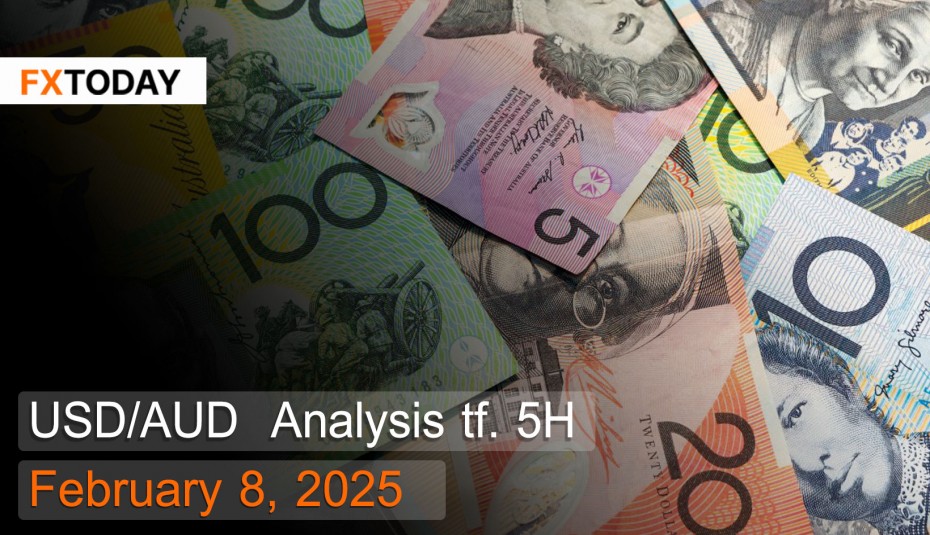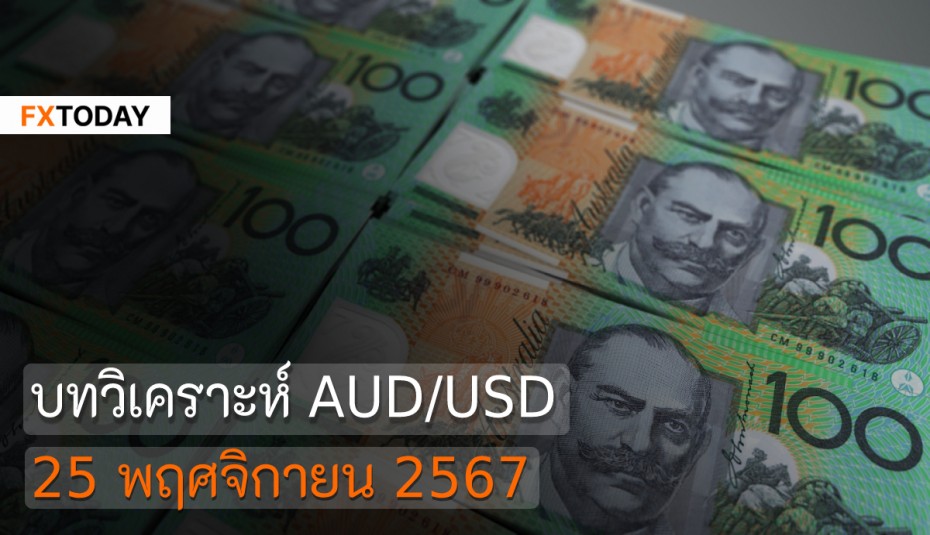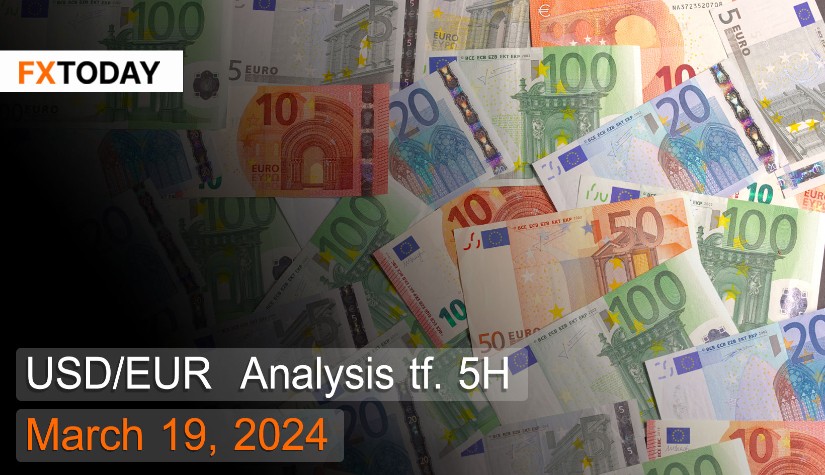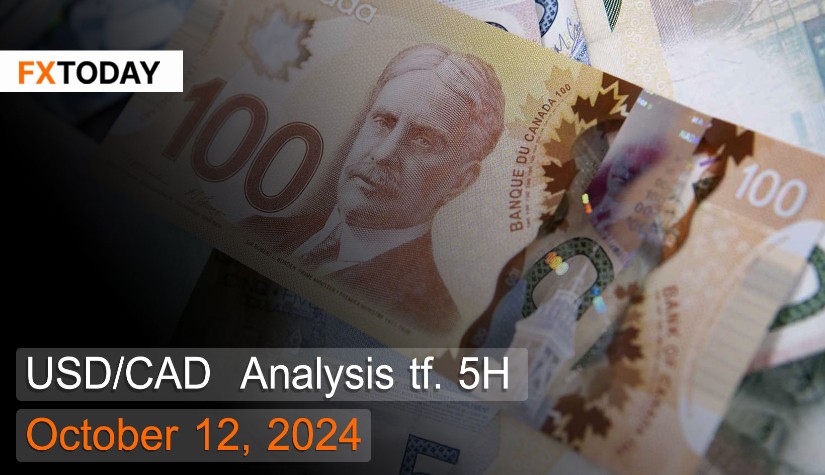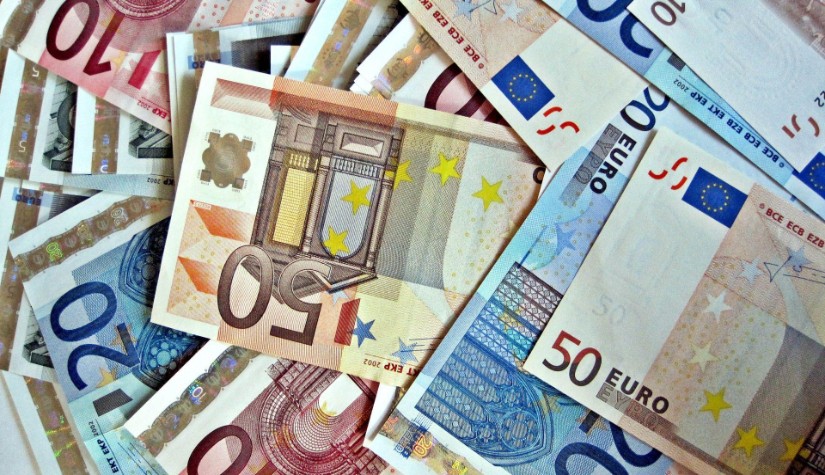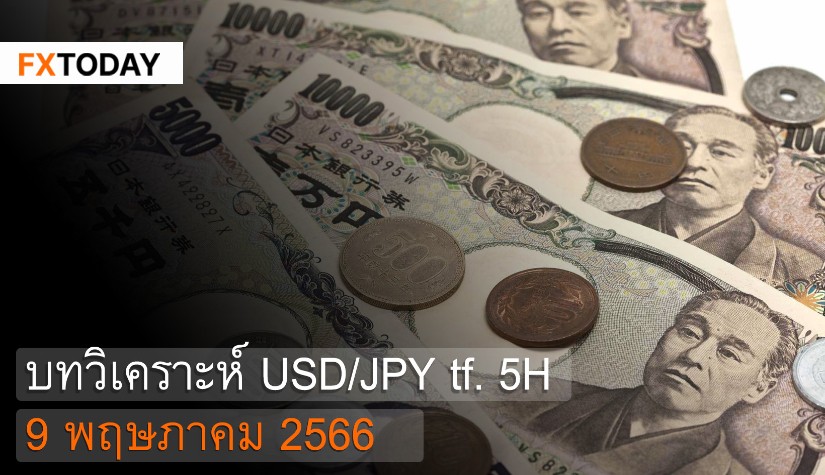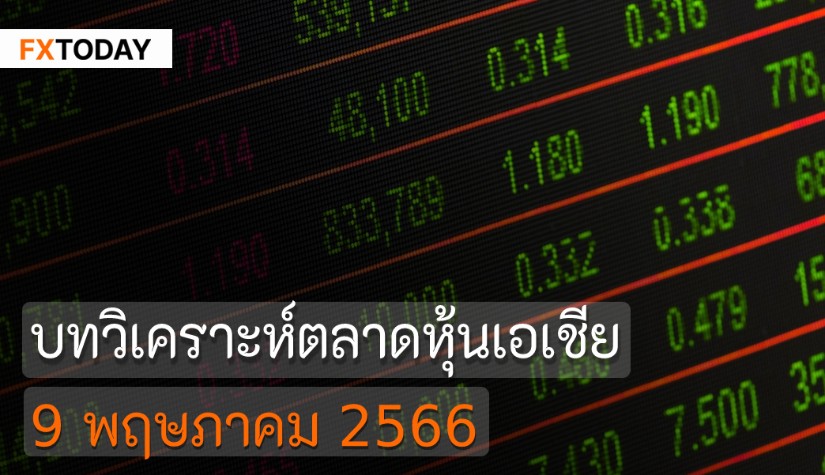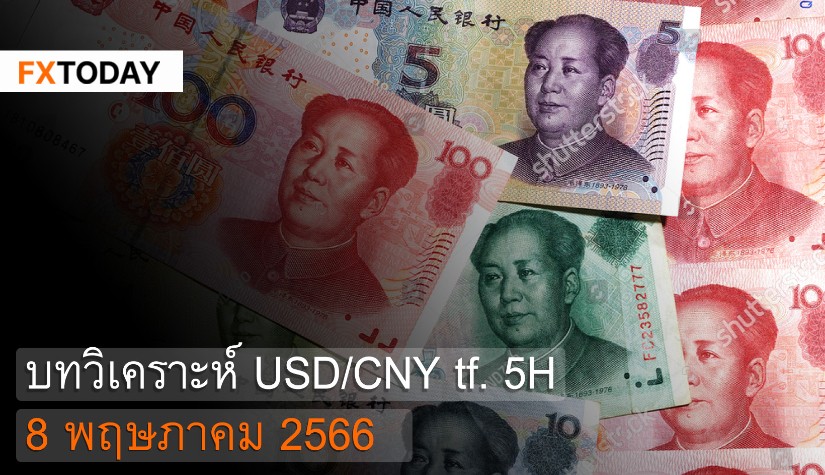The Reserve Bank of Australia is likely to cut interest rates at the end of this month.
The Australian dollar has strengthened rapidly in recent times due to easing concerns over global trade wars. U.S. President Donald Trump and Chinese President Xi Jinping are set to discuss potential tariff reductions, which has led to a swift weakening of the U.S. dollar. The absence of additional tariff hikes may help keep inflation from rising significantly, providing the U.S. Federal Reserve with enough room to continue cutting interest rates.
Job advertisements in Australia increased slightly by 0.2% on a monthly basis, following a 0.3% rise in the previous month, marking two consecutive months of growth. Most job postings remain in the services sector, which continues to expand. Additionally, the latest figures indicate that the labor market remains resilient despite higher borrowing costs due to the central bank’s rate policies. Sophia Angala, an economist at ANZ, noted that while the labor market may not slow down rapidly, it is expected to gradually ease, as reflected in the unemployment rate, which is projected to rise slowly to a peak of 4.3%.
Private sector lending in Australia increased by 0.6% month-over-month in December, surpassing market expectations. The rise was driven by increases in both housing and business loans, which grew by nearly 1%. Additionally, personal loans expanded by 0.5% after declining in the previous month. On an annual basis, private sector lending surged by 6.5% in 2024, reflecting rising investment demand across various industries, while household spending capacity saw a slight increase.
Inflation in Australia rose by 2.5% on a monthly basis in January, up from 2.3% in the previous month, mainly due to the government's withdrawal of energy subsidies. The latest results aligned with market expectations. Electricity prices saw the smallest decline in a year at -17.9%, compared to -21.5% in November, while fuel costs continued to ease slightly. However, core inflation, which excludes volatile food and energy prices, increased by 2.7%, down from a three-month high of 2.8%.
Australia's business confidence index edged up slightly to -2 in December from -3 in the previous month, marking the second consecutive month of negative readings. However, the increase was driven by rising sales, which led to a slight rebound in profit margins, while year-end employment levels remained stable. This resulted in improved industry conditions, particularly in the retail sector, which recorded its first growth since 2023, supported by a rise in advance orders. Nevertheless, rising raw material costs have led to higher product prices. Alan Oster, Chief Economist at NAB, stated that while the overall economy remains resilient, there is still pressure due to domestic economic uncertainties.
The yield on Australia’s 10-year government bonds remained steady at 4.4%, as investors anticipated a shift towards a more accommodative monetary policy by the Reserve Bank of Australia. Market confidence in an interest rate cut by the RBA at the end of this month has grown, supported by data showing a sharper-than-expected decline in core inflation. Consequently, some of Australia’s major banks have called for the first interest rate cut in years. Meanwhile, investors are awaiting the U.S. nonfarm payroll report, a key indicator of labor market conditions, which the U.S. Federal Reserve closely monitors in determining future interest rate adjustments.
Techical analysis data (5H)
Resistance: 1.5982, 1.6015, 1.6042
Source: Investing.com
Buy/Long 1: If the price touches support in the price range of 1.5895 - 1.5922 but cannot break the support at 1.5922, you may set a TP at approximately 1.6015 and SL at around 1.5862 or according to your acceptable risk.
Buy/Long 2: If the price breaks the resistance in the price range of 1.5982 - 1.6015, you may set a TP at approximately 1.6042 and SL at around 1.5895 or according to your acceptable risk.
Sell/Short 1: If the price touches resistance in the price range of 1.5982 - 1.6015 but cannot break the resistance at 1.5982, you may set a TP at approximately 1.5895 and SL at around 1.6042 or according to your acceptable risk.
Sell/Short 2: If the price breaks the support in the price range of 1.5895 - 1.5922, you may set a TP at approximately 1.5862 and SL at around 1.6015 or according to your acceptable risk.
Pivot point February 8, 2025 08:34 PM. GMT+7
|
Name
|
S3
|
S2
|
S1
|
Pivot Points
|
R1
|
R2
|
R3
|
|---|---|---|---|---|---|---|---|
| Classic | 1.5862 | 1.5895 | 1.5922 | 1.5955 | 1.5982 | 1.6015 | 1.6042 |
| Fibonacci | 1.5895 | 1.5918 | 1.5932 | 1.5955 | 1.5978 | 1.5992 | 1.6015 |
| Camarilla | 1.5932 | 1.5938 | 1.5943 | 1.5955 | 1.5954 | 1.596 | 1.5965 |
| Woodie's | 1.5858 | 1.5893 | 1.5918 | 1.5953 | 1.5978 | 1.6013 | 1.6015 |
| DeMark's | - | - | 1.5938 | 1.5963 | 1.5998 | - | - |

